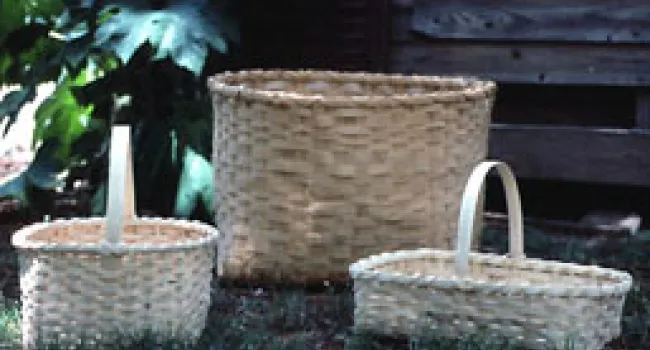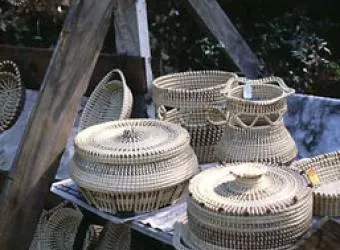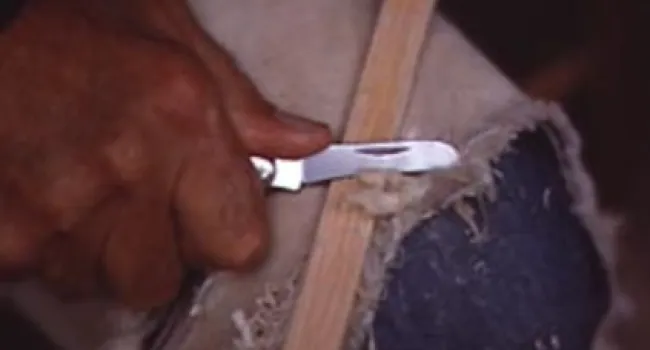
Photo
Native of Donalds, SC (Abbeville County), Mr. Hagan made split-oak baskets, axe handles, and turkey calls while Mrs. Hagan is an accomplished quilter. Mr. Hagan learned to make split-oak baskets as a...
Basketmaking in South Carolina reflects the blending of Native American, European and African traditions to create two predominate types of baskets - the coiled baskets of the Lowcountry and woven baskets of the Piedmont and Blue Ridge. Native Americans used river cane to plait baskets, mats and fish traps. Europeans maintained Old World techniques and forms, adapting them to new materials like white oak to weave their harvest baskets and clothes hampers. On the coast, enslaved Africans brought their knowledge of rice production and introduced coiled basketry using local sweetgrass, bulrush, palmetto, and pine needles. Today, traditional basketmakers have adapted their forms to a changing market and most baskets are made for decorative use.
Content is provided by McKissick Museum, University of South Carolina.
For further information about any of the artists featured on Digital Traditions, send your questions and comments to hallagan@mailbox.sc.edu.

Photo
Native of Donalds, SC (Abbeville County), Mr. Hagan made split-oak baskets, axe handles, and turkey calls while Mrs. Hagan is an accomplished quilter. Mr. Hagan learned to make split-oak baskets as a...
Audio
Louise White talks about why her basket stand is on a particular side of the highway.
Audio
John Derrick talks about where to find the ideal white oak for splitting.
Audio
John Derrick talks about why his baskets are unique.
Audio
Louise White hopes younger people will take up basketmaking.